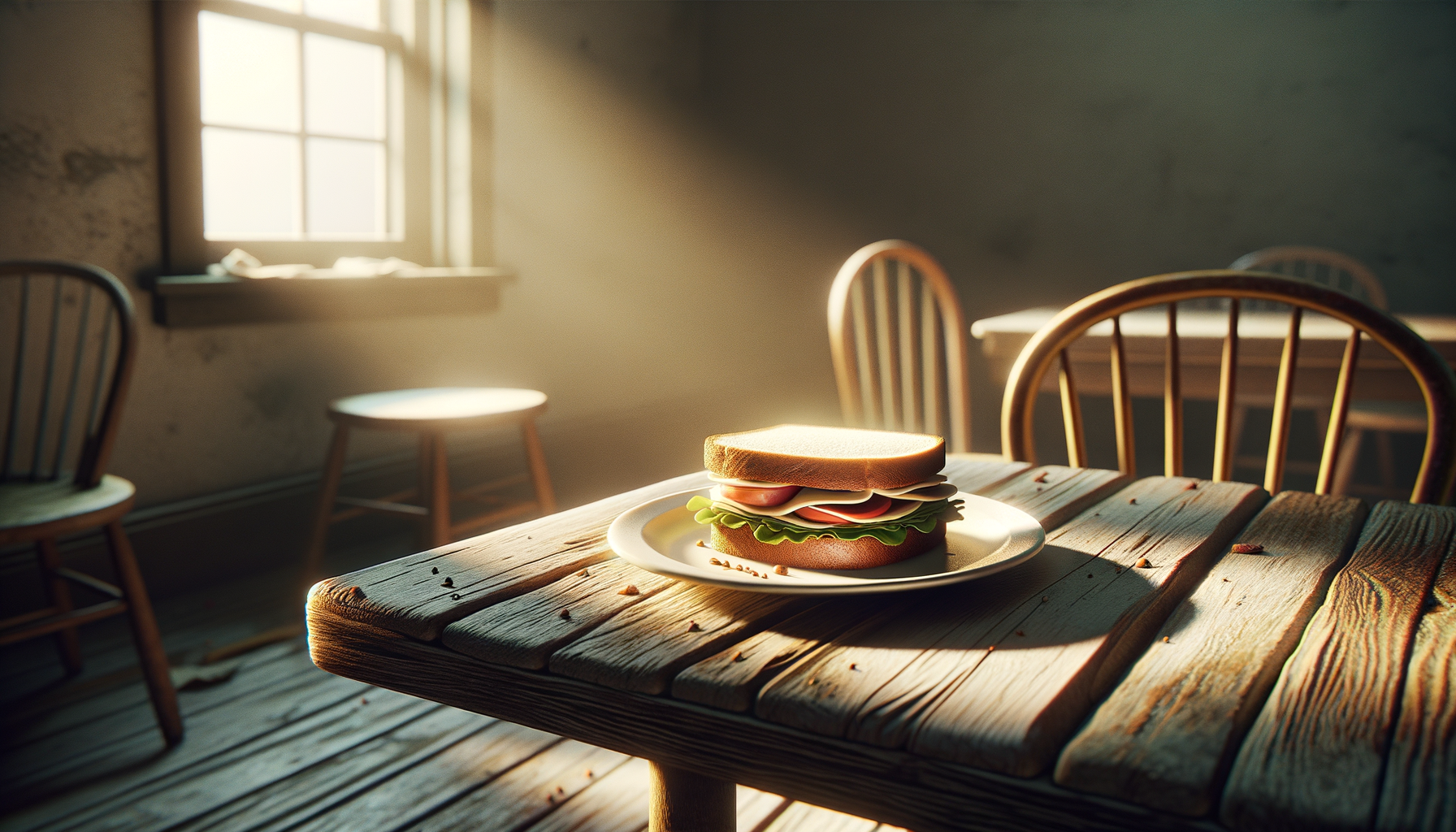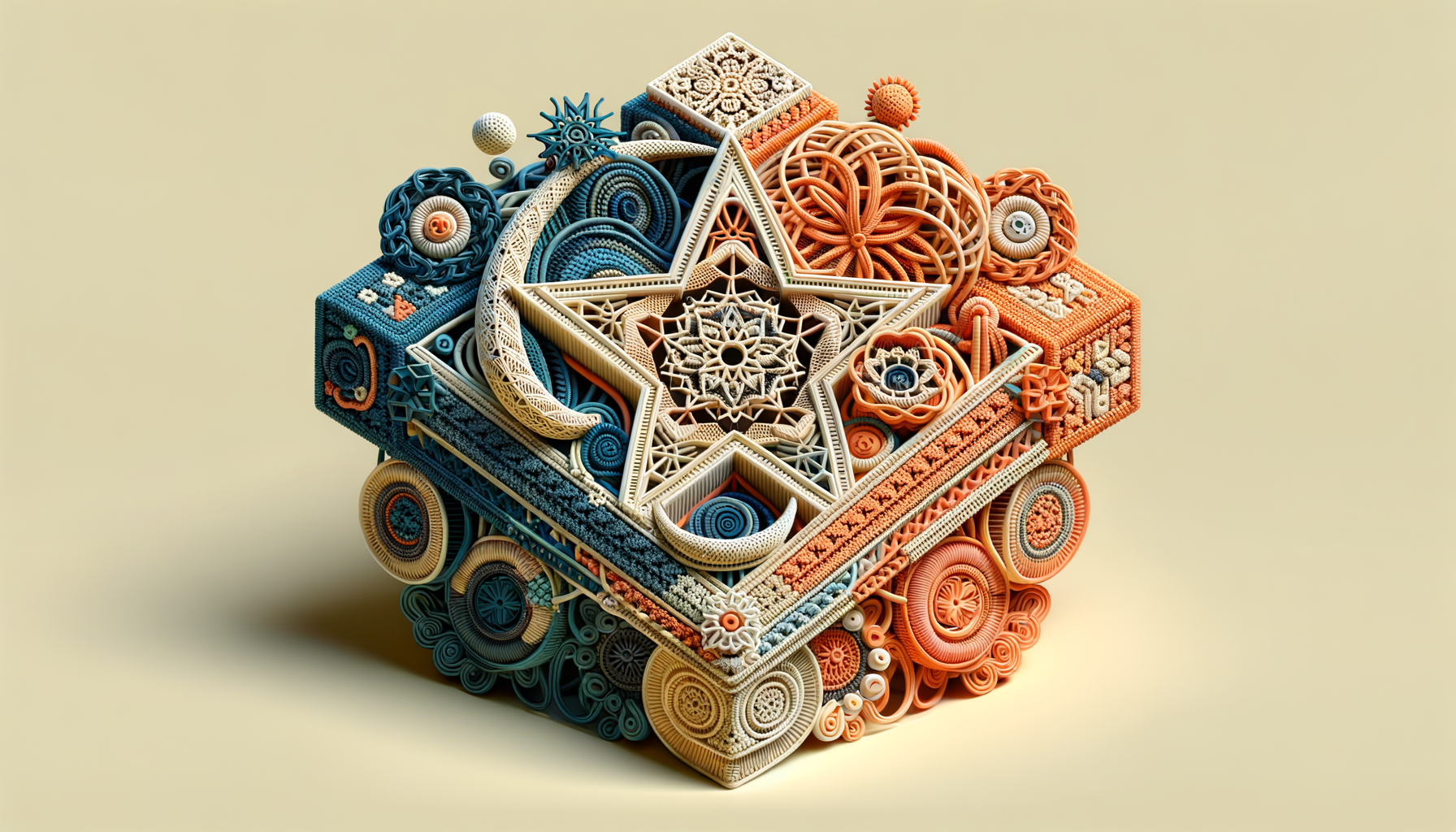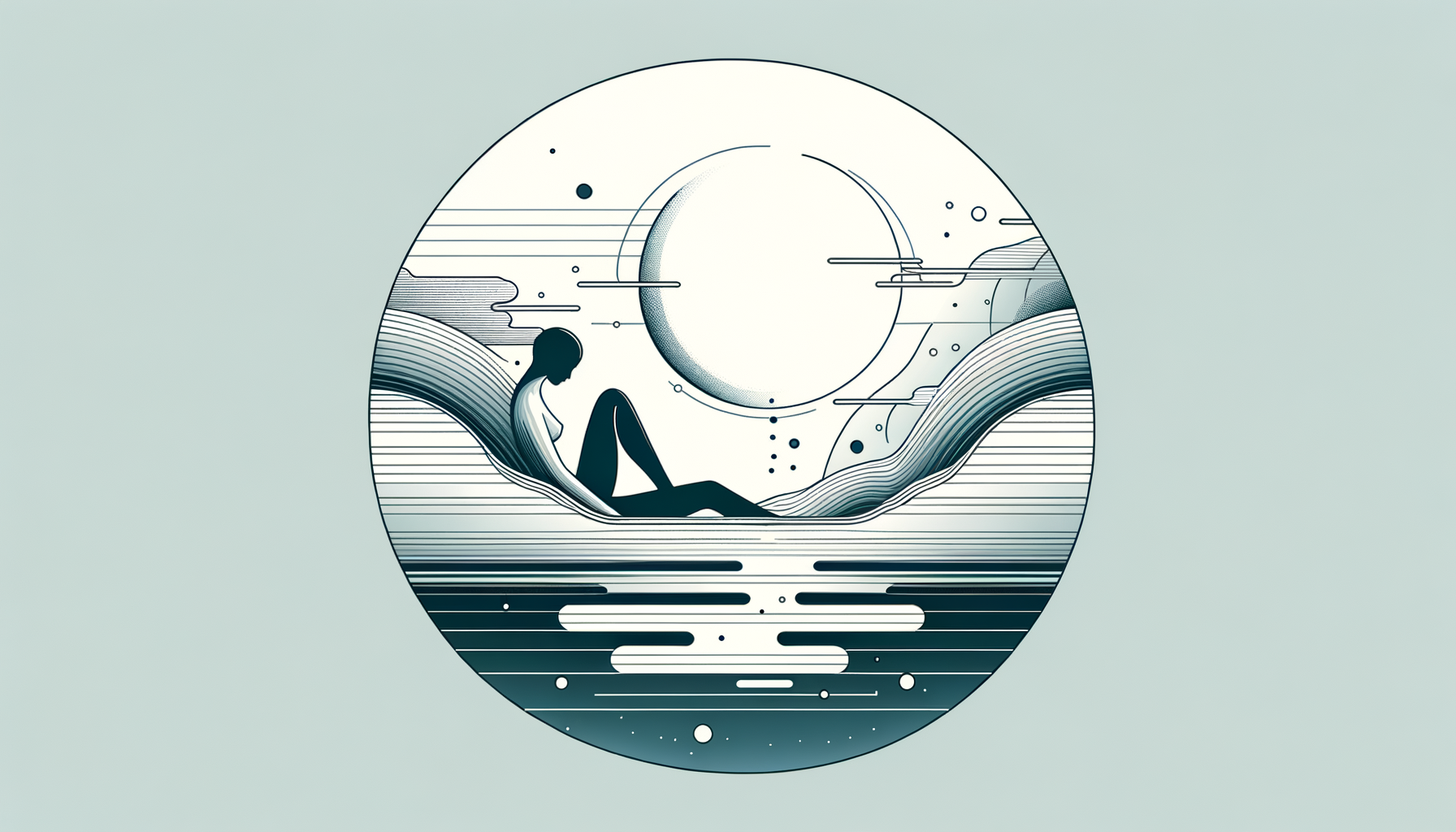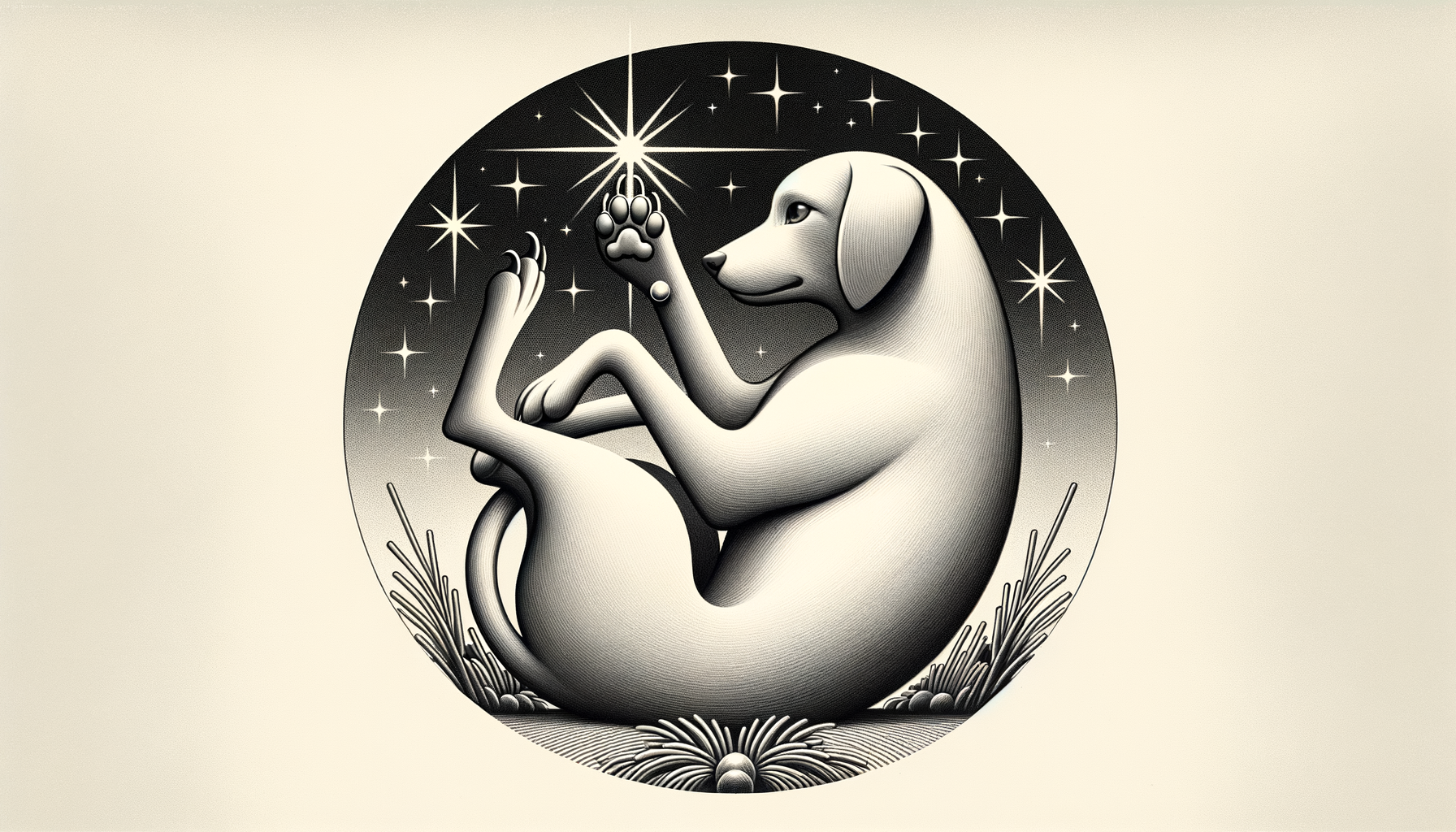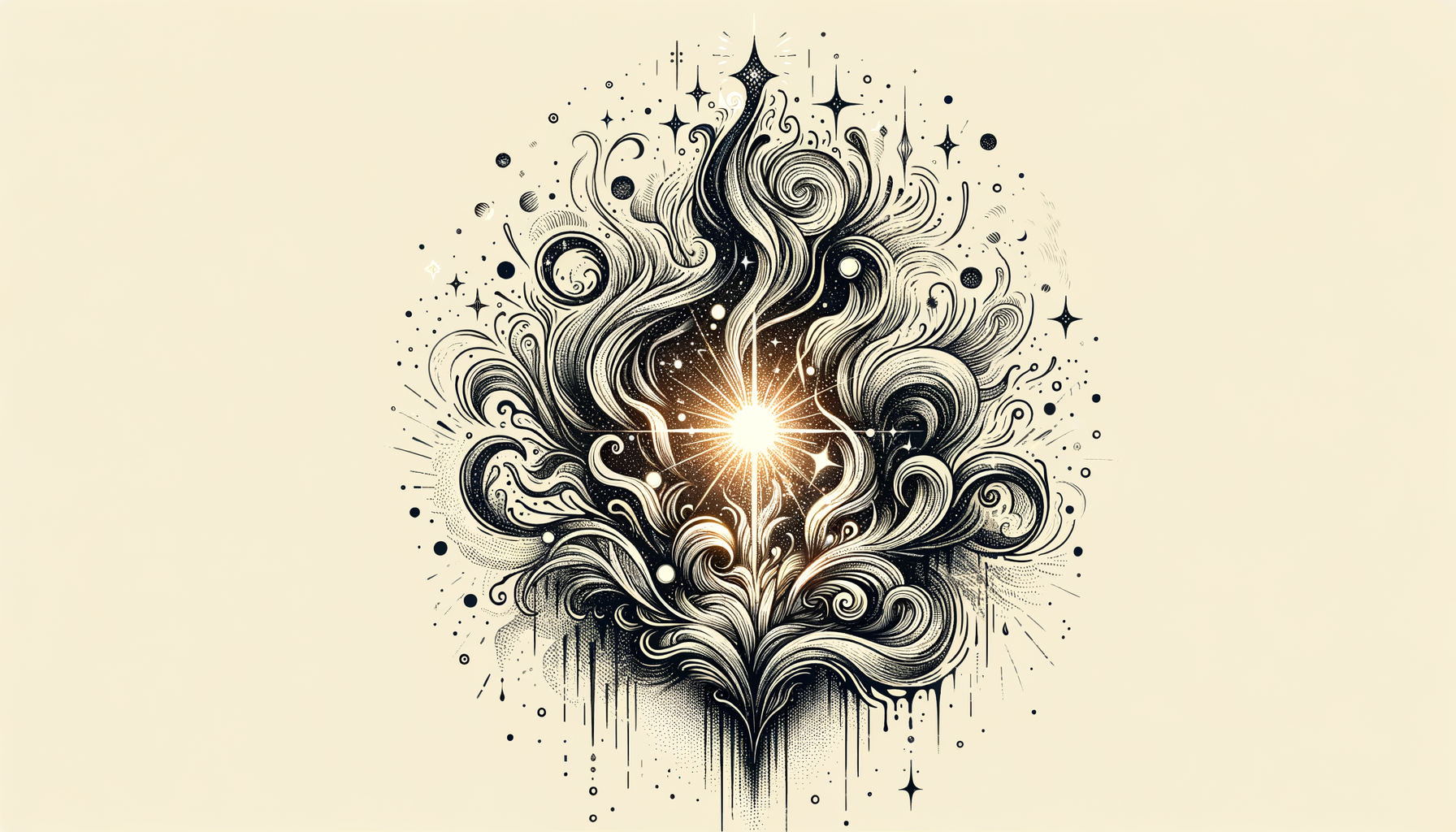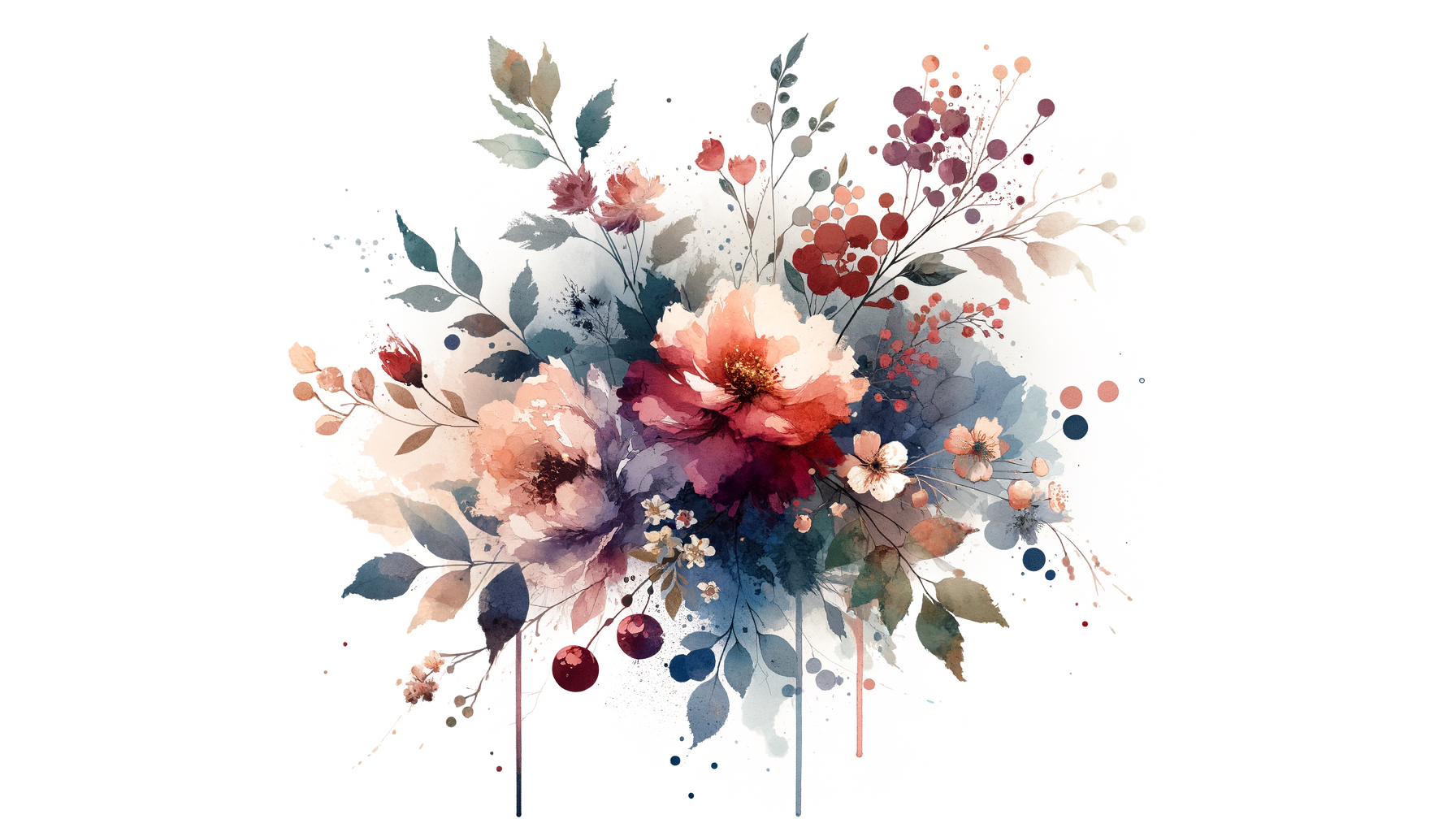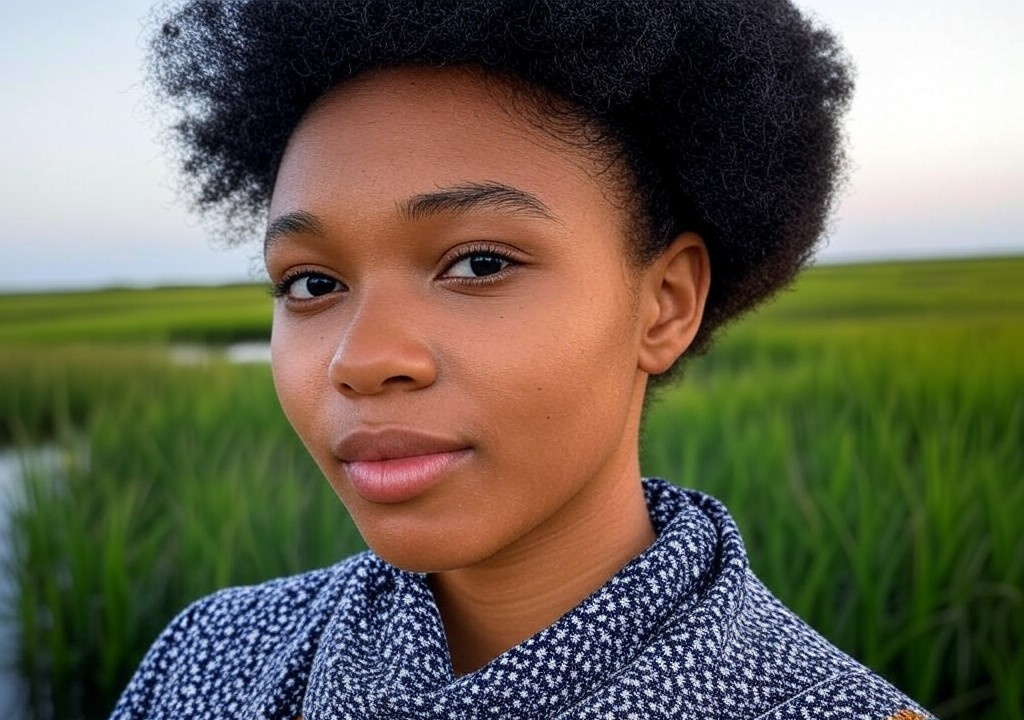There’s a scar on the inside of my left wrist, faint but stubborn, shaped slightly like an overripe banana. It’s from a failed attempt to bake my very first batch of empanadas when I was 11. My abuela stood beside me, her knotted hands deftly folding dough like she was crafting tiny masterpieces. I, on the other hand, managed to slam my wrist into the side of the blazing hot oven door. The scar’s still there, and every time I see it, I’m reminded of two things: (1) I will never be a queen of pastry, and (2) I inherited my abuela’s resilience, if not her kitchen skills.
Here’s the thing about scars—every single one of them tells a story. Are they beautiful? Sometimes. Ugly? Maybe. Embarrassing? Definitely. But scars, whether etched on your skin, your soul, or your love life, make up the dictionary of your experiences. When someone sees your scars and wants to know the story behind them, that’s where connection happens.
Let’s talk about those stories.
Chapter 1: The Emotional Paper Cuts of Modern Dating
We’ve all collected them: the unread texts that feel like tiny rejection notes, the ghostings that haunt you like a bad reggaetón remix, the awkward first dates that leave you questioning everything from your outfit to your life choices. These scars don’t leave visible marks, but they’re still there, lurking under the surface like the plot twists in a telenovela.
Consider this: I once went on a date in Madrid with a guy who spent two hours monologuing about his pet iguana, Carlos. I listened politely, wondering if Carlos was more interesting than me. At the end of the date, he said, “Thanks for the chat, Carmen. You’re like my ideal therapist.” Reader, I walked away with my ego limping but intact.
Scars like these teach us humility. They remind us that we’re not always the star of the show. They also teach us what we don’t want—like becoming anyone’s unpaid psychologist or second choice to a reptile.
Chapter 2: The Visible Scars (a.k.a. The Ones with Great Origin Stories)
Let’s not leave out the literal scars—the ones people notice and ask about. These tend to come with hilariously tragic tales worth sharing, especially on a date. For example, my best friend in Santiago has a small scar on her eyebrow from when she tried to jump out of a tree to impress a neighborhood crush. (“It worked,” she insists. “He signed my cast!”) Every now and then, she tells the story, and inevitably, it gets a laugh—and maybe an awkward “I’ve done something equally ridiculous” confession in return. Stories like these are icebreakers, opening the door to shared embarrassment and, hopefully, easier vulnerability.
So why not embrace these marks for what they are? Not flaws—just conversation starters permanently etched on your skin. Pro tip: If you’ve got a visible scar, practice your storytelling delivery. Have a version that’s funny, another that’s sweet, and a bonus one with a little intrigue.
Chapter 3: The Metaphorical (and Messy) Scars of Relationships
Then there are the invisible marks left by love. These are the hardest to talk about but often the most defining. A friend of mine once described her breakup as feeling “like an earthquake cracked my foundation, but I didn’t notice until I tried to build again.”
Heartbreak scars can be the hardest to own because they reveal our most vulnerable selves. There’s rarely an “I tripped into a rosebush” kind of humor to soften the blow. But here’s the catch: these scars make you more attuned to your boundaries and your needs.
For me, one of these scars came after leaving someone I loved in Santiago because I knew, deep down, that our ambitions didn’t align. I wanted to move, to explore the world, to live in cities with busy markets and late-night music; he wanted the comfort of staying close to his family. The first few months afterward felt like tearing myself in half. But that decision taught me something foundational—that loving someone doesn’t always mean staying, and that sometimes choosing yourself feels like heartbreak and healing, all at once.
If you’ve got these scars—and let’s be honest, if you’re human, you do—don’t rush to hide them. These are proof you loved deeply enough to risk losing. That’s not a weakness; that’s bravery with a side of human messiness.
How to Wear Your Scars Proudly (Or at Least Stop Apologizing for Them)
There’s no hiding scars—not really. Even if you put on your best smile, your smoothest eyeliner, or your most convincing “I totally have my life together” persona, people will sense the stories beneath the surface. And that’s a good thing.
Here are a few ways to embrace your scars, whether they’re on your body, your dating history, or your heart:
-
Rewrite the Narrative. That scar from your awkward teenage years? The breakup you couldn’t stop crying over? Frame the story differently. You’re not a victim; you’re a protagonist who walked out alive with excellent material for your future memoir.
-
Own Your Resilience. Scars are proof you survived something that could’ve broken you. Wear them almost like medal ribbons: yes, I baked terrible empanadas once, but I still can’t pass a bakery without smiling.
-
Laugh First. Sharing how you got that scar on your knee because you danced too enthusiastically to “Despacito” doesn’t make you any less of a grown-up; it makes you relatable. Scars + humor = an irresistible combo.
-
Share (Sparingly) on Dates. You don’t need to dive into your emotional trauma on the first date—save that for when they’ve earned it. But cracking a joke about your clumsiest moment? Great icebreaker. “I fell off my bike learning to do wheelies in college” is a lot more accessible than “My last partner crushed my spirit in 2019.” Timing is key!
-
Celebrate the Lessons. Maybe your heartbreak scar taught you how to set firmer boundaries. Maybe the literal scar on your elbow taught you that skateboarding at 30 wasn’t your best idea. Great stories deserve to be celebrated—and you’re living proof of them.
The Takeaway: Scars Make You Human
Here’s the truth: a life without scars isn’t a life fully lived. They’re the body (and heart’s) natural way of reminding us we’ve gone through something, big or small, and come out the other end a bit wiser, a bit stronger, and maybe just a bit funnier.
The next time you’re tempted to cover them up or brush them off, remember that scars—like bad dates and overcooked empanadas—make you wonderfully, authentically you. And isn’t that what real connection is all about?
So go ahead, show off that overripe-banana-shaped wrist scar or that metaphorical crack in your heart. Someone out there is waiting to hear the story.

